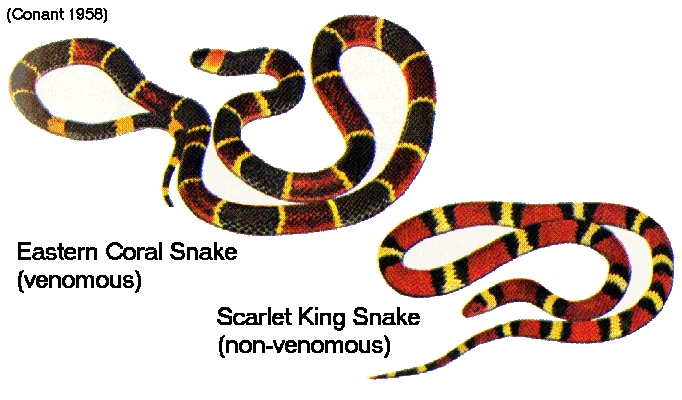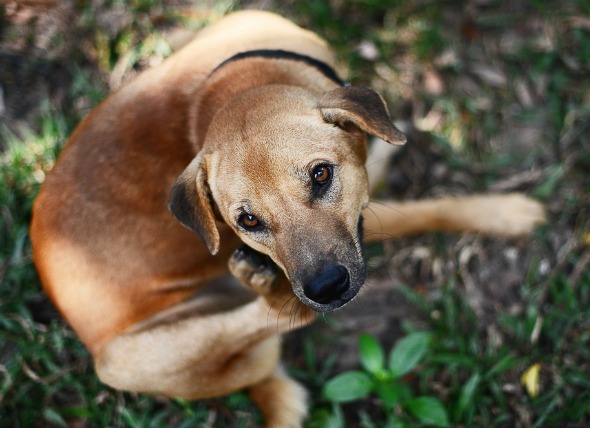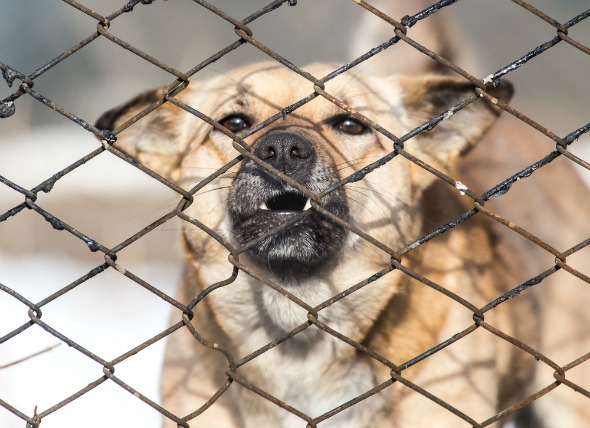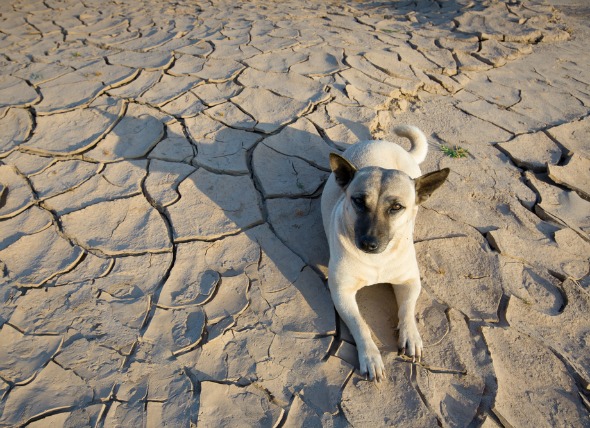When a dog refuses to eat or eats only a portion of the dog food he needs or what he usually eats every day will produce an imbalance in his dog nutrition. The term Anorexia is used to describe the condition when a dog refuses to eat. Many dog owners take their dog's eating for granted until the dog actually stops eating. A dog's eating habits are normally controlled by hunger, appetite, and the satisfaction of these two. This control may be abnormally affected by emotions, sensations, or the taste of the dog food.
Another thing that causes a disturbance of the dog's natural eating behavior is mechanical interruption. Broken jaws, a fish hook in the tongue or a rubber ball stuck in the throat are typical examples of mechanical anorexia. A lot of dog owners think that it is normal for all dogs to miss a meal and that a missed meal is not something to be concerned about. However, a healthy dog is always hungry at meal time, just as a healthy person is. Any time a dog refuses to eathisn dog food, it is a signal to you that something is not right. If the dog refuses two meals in a row, you can be certain that there is something wrong, either with your dog or with his dog food.
Obviously with the lack of dog nutrition, a dog gradually losses weight once he stops eating. A 20 lb Beagle will lose 0.4 pound (six and one-half ounces) each day he refuses to eat. This weight loss occurs because the dog is breaking down and using up his own body. Since there is no dog nutrition coming in, a dog with anorexia must literally burn itself up in order to obtain the energy and nutrients needed for his essential life functions. When extra demands from disease are piled on those suffering from anorexia, the burn-up is even faster. That Beagle cannot afford to lose lb of his body weight every day for very long!
Included within the weight lost will be fats, carbohydrates and protein. The most important loss to a dog is protein. By the end of only two days of anorexia, that 20 lb Beagle will already have lost about 3% of his total body protein. This becomes increasingly important if one considers that protein is essential not only for normal metabolism but for wound healing, tissue repair and combating infections. Actions to replace the intake of anorectic dogs should be implemented immediately. Unwillingness or failure to overcome the deficiencies of calories and nutrients created by anorexia can mean the difference between recovery and death during an illness.
The same dog food the dog was eating before anorexia is suitable, as long as the cause of the anorexia does not make it unsuitable. Because dogs become inactive with anorexia, their calorie need is somewhat less than for most dogs. If they have a fever, however, this rapidly increases their caloric requirements.
Dogs with anorexia must be force-fed either by spoon feeding or by intragastric intubation. This type of dog food diet should be fed only long enough to get a dog back to eating satisfactorily on his own and should never become a substitute for actually determining the cause of the anorexia or for overcoming that cause.

 Coral Snake Bite Poisoning in Dogs
Coral Snake Venom Toxicosis in Dogs
There are two
Coral Snake Bite Poisoning in Dogs
Coral Snake Venom Toxicosis in Dogs
There are two
 Crystals in the Urine of Dogs
Crystalluria in Dogs
Crystalluria is characterize
Crystals in the Urine of Dogs
Crystalluria in Dogs
Crystalluria is characterize
 Yeast Infection and Thrush in Dogs
Candidiasis in Dogs
Candida is a type of su
Yeast Infection and Thrush in Dogs
Candidiasis in Dogs
Candida is a type of su
 Possessive and Territorial Aggression in Dogs
Some dogs are dangerous to other dogs, and even t
Possessive and Territorial Aggression in Dogs
Some dogs are dangerous to other dogs, and even t
 Fungal Infection (Coccidioidomycosis) in Dogs
Coccidioidomycosis in Dogs
Mycosis is the medical
Fungal Infection (Coccidioidomycosis) in Dogs
Coccidioidomycosis in Dogs
Mycosis is the medical